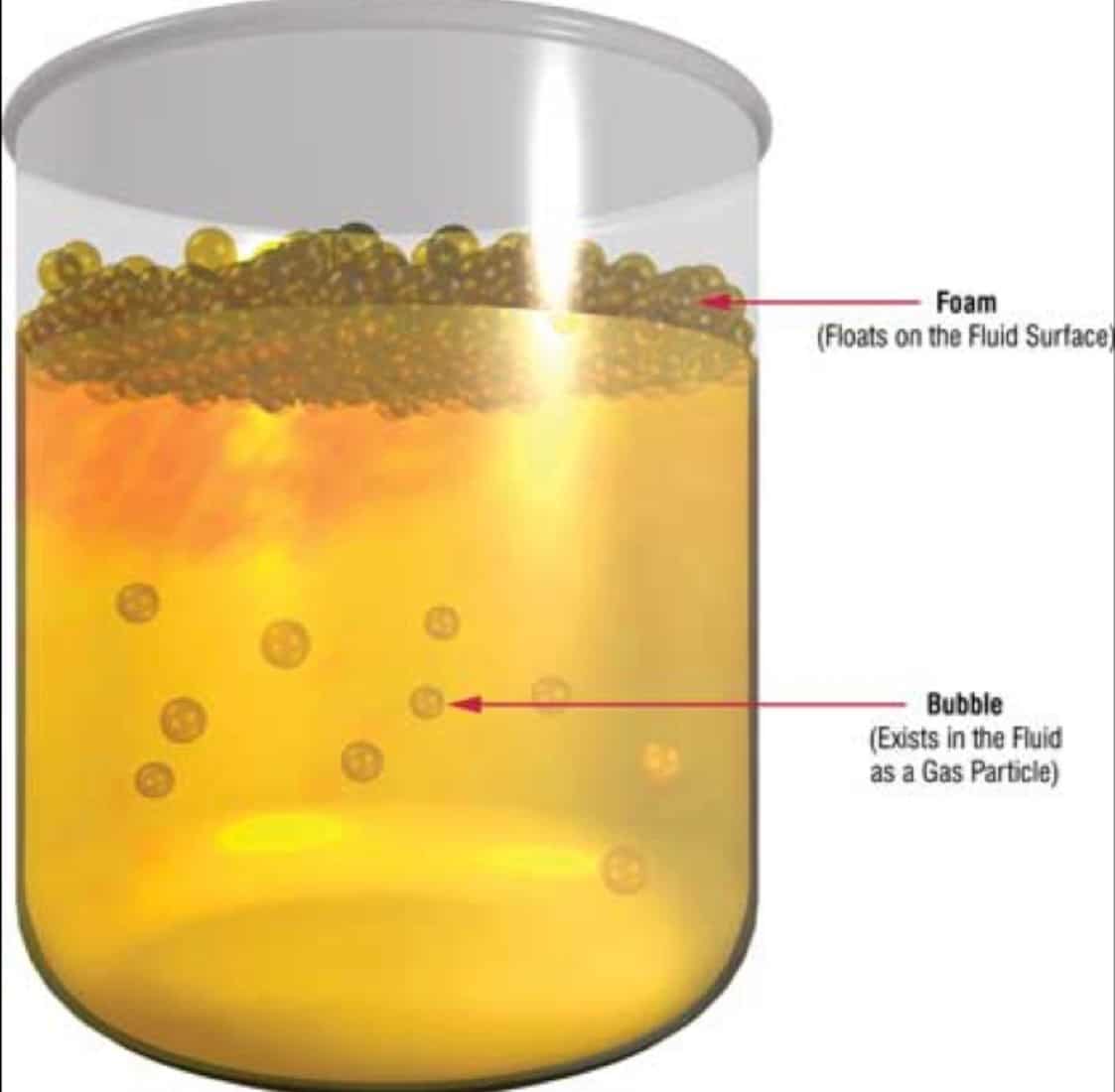In the intricate realm of engineering, hydraulic systems play a pivotal role in transmitting power and motion through the utilization of pressurized fluids. However, the presence of entrapped air within these systems can significantly impede their performance, leading to reduced efficiency, erratic operation, and potential system damage. As a result, it becomes imperative to effectively remove entrapped air from your hydraulic system.

Image: www.tlcautotruck.com
The Perils of Entrapped Air: Understanding the Consequences
- Reduced System Efficiency: Air pockets can create pockets of compressibility within the fluid, compromising the system’s ability to transmit power effectively. This can result in diminished system performance and reduced productivity.
- Erratic System Operation: Trapped air can interfere with the flow of fluid, causing irregular operation of hydraulic components such as actuators, valves, and pumps. This can lead to unpredictable behavior and reduced system reliability.
- System Damage: Severe air entrapment can lead to cavitation, a phenomenon where the formation and collapse of vapor bubbles within the fluid can damage system components, resulting in costly repairs and downtime.
Purging Entrapped Air: A Step-by-Step Guide to System Optimization
-
Visual Inspection: Begin by conducting a thorough visual inspection of the hydraulic system, examining all components for signs of air leaks or excessive foaming.
-
Bleed Valve Method: Utilize strategically placed bleed valves to manually release trapped air. Open the bleed valves one at a time and allow air to escape until fluid is observed flowing out.
-
Vacuum Degassing: Employ a vacuum pump to create a negative pressure within the system, drawing out dissolved air from the fluid. This method is ideal for systems with large fluid reservoirs and prolonged exposure to vacuum conditions.
-
Overfill and Cycling: Overfill the reservoir and cycle the system, operating all actuators and valves through their full range of motion. This agitates the fluid, promoting air release that can be purged through bleed valves.
-
Ultrasonic Degassing: Introduce an ultrasonic transducer into the hydraulic fluid. The high-frequency vibrations create cavitation bubbles that collapse, releasing dissolved air into the vapor phase.
-
Chemical Degassing: Add a chemical degassing agent to the fluid to lower its surface tension and promote the release of dissolved air. Follow manufacturer’s instructions carefully and dispose of spent fluid responsibly.
Expert Insights: Lessons from Industry Leaders
- “Vigilance is key in preventing air entrapment,” advises Dr. James Watson, a renowned hydraulic system expert. “Regular maintenance, using proper filtration techniques, and addressing potential air leaks promptly can significantly reduce the incidence of air-related issues.”
- “When it comes to purging air from hydraulic systems, there is no one-size-fits-all approach,” emphasizes Professor Sarah Jones. “The most effective method depends on factors such as system size, fluid characteristics, and operating conditions.”

Image: gohydraulics.ca
How To Remove Air From Hydraulic System
Conclusion: The Path to Optimal Hydraulic System Performance
By understanding the detrimental effects of entrapped air and implementing the appropriate air purging techniques, you can safeguard the integrity and efficiency of your hydraulic systems. Regular maintenance, preventive measures, and the expertise of qualified technicians are invaluable in ensuring the smooth operation and extended lifespan of these essential engineering marvels.